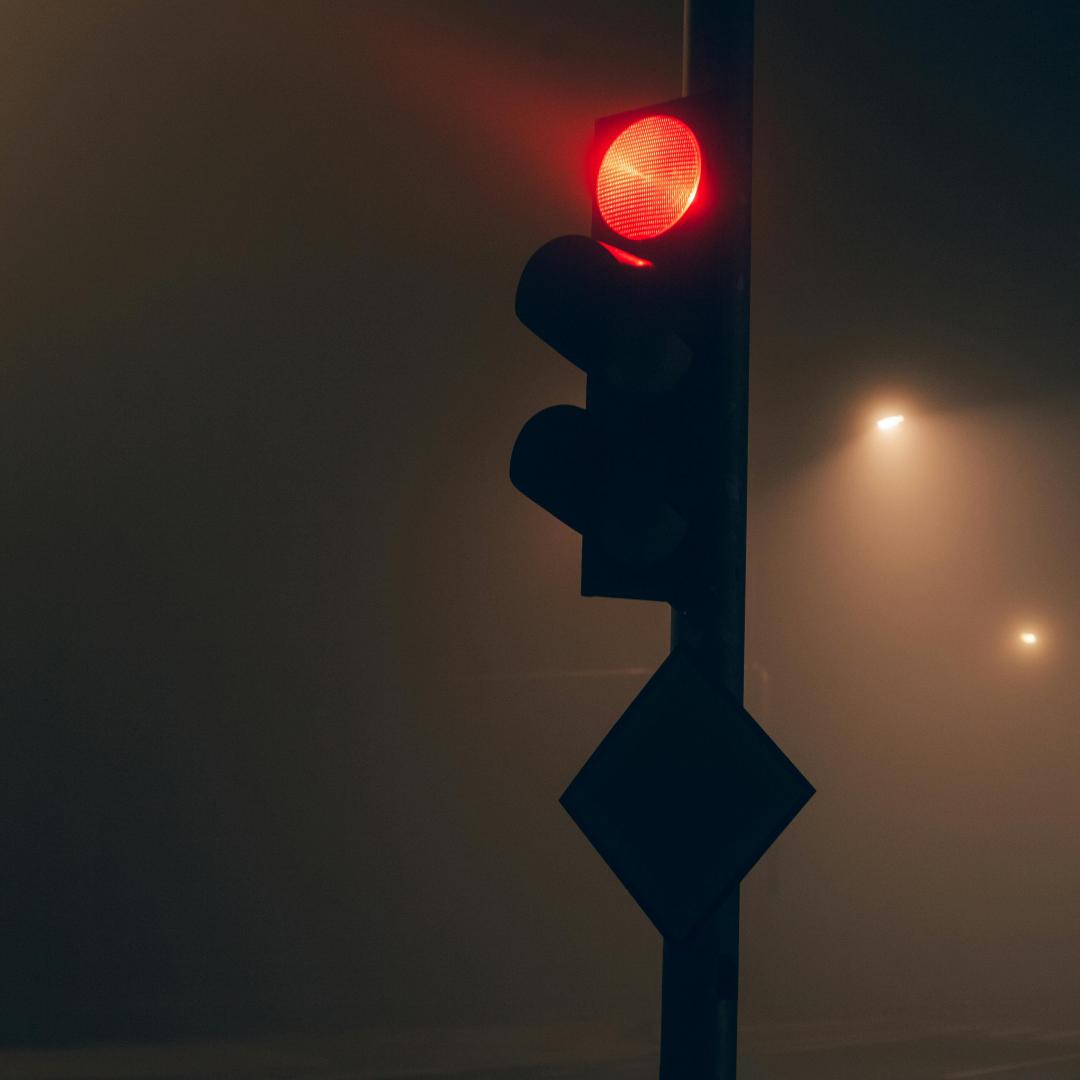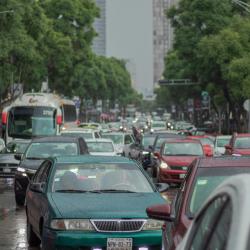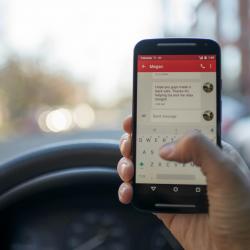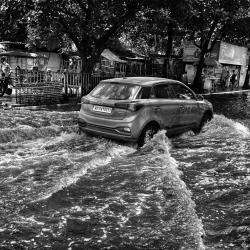How to Drive Safely at Night: Visibility and Safety Tips
Driving at night can present unique challenges even for the most experienced drivers. Reduced visibility, fatigue, and the increased likelihood of encountering impaired drivers make nighttime driving riskier than daytime travel. However, with the right precautions and practices, you can enhance your safety and confidence on the road after dark. Here’s a comprehensive guide on how to drive safely at night, focusing on visibility and key safety tips.
Enhance Visibility
1. Check Your Headlights
Before you set off on a nighttime drive, ensure that both your headlights are working properly. Clean your headlights regularly to prevent dirt and grime from diminishing their effectiveness. Consider upgrading to brighter bulbs if you find it hard to see the road clearly at night.
2. Use High Beams Appropriately
High beams can be incredibly useful for enhancing visibility on dark roads. However, it’s essential to use them responsibly. Switch to low beams when you’re approaching or following other vehicles to avoid blinding other drivers.
3. Clean Your Windshield and Mirrors
A dirty windshield can scatter light and increase glare from oncoming vehicles. Clean your windshield inside and out, and adjust your mirrors to reduce glare from headlights behind you.
4. Check and Adjust Your Dashboard Lights
Bright dashboard lights can be distracting and can impair your vision of the road. Dim the dashboard lights to a comfortable level to maintain focus on the road.
Safety Tips for Night Driving
1. Reduce Speed and Increase Following Distance
At night, your ability to judge distances and spot hazards is compromised. Reduce your speed and increase the distance between your vehicle and others to give yourself more time to react to unexpected situations.
2. Stay Alert and Avoid Fatigue
Fatigue is a significant risk factor in nighttime driving. Ensure you are well-rested before embarking on a night drive. Take regular breaks to refresh and stretch, and avoid heavy meals and alcohol, as they can induce drowsiness.
3. Watch for Pedestrians and Wildlife
Pedestrians and animals are harder to spot at night. Be particularly vigilant in residential areas and rural roads. Use your high beams when appropriate to spot animals, and slow down if you suspect wildlife may be nearby.
4. Minimize Distractions
Driving demands your full attention, especially at night. Avoid using your phone or engaging in activities that take your focus away from the road. If you need to use a GPS, set your destination before you start driving.
5. Be Cautious of Impaired Drivers
Nighttime is when impaired drivers are more likely to be on the road. Stay alert and maintain a safe distance from vehicles that are swerving or being driven erratically.
6. Prepare for Emergencies
Keep an emergency kit in your vehicle, including a flashlight, first-aid supplies, and basic tools. Ensure your phone is charged before you leave in case you need to call for help.
Conclusion
Driving at night requires heightened awareness and careful preparation. By enhancing your visibility and adhering to these safety tips, you can reduce risks and ensure a safer driving experience. Always remain vigilant, drive at a speed appropriate for the conditions, and prioritize safety over convenience. With these precautions in mind, you can enjoy the unique experience of nighttime driving while keeping yourself and others safe.






















